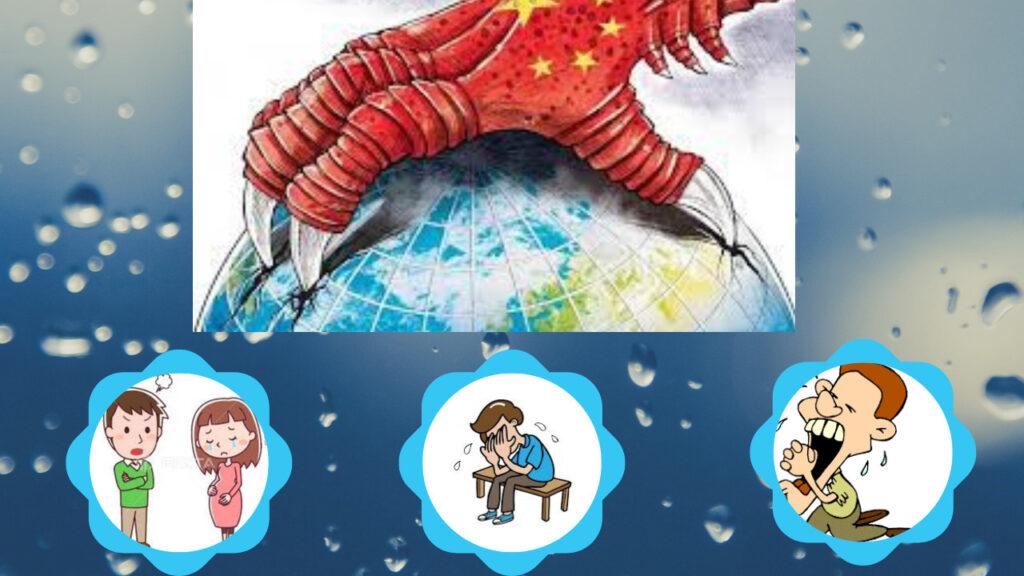The Growing Debt Crisis is killing the economies of various poor countries of the world. Several impoverished nations are currently burdened by an overwhelming amount of debt, with the majority of it owed to China, hence a debt crisis for these countries. A recent analysis revealed that these countries are experiencing a growing challenge in repaying their debts, which is resulting in a significant portion of their tax revenue being allocated toward debt servicing instead of supporting essential services.
The analysis included countries such as Pakistan, Kenya, Zambia, Laos, and Mongolia. It discovered that the repayment of debts is depleting the foreign currency reserves that these nations rely on to cover interest payments, leaving them with mere months before their funds are depleted entirely.
China’s reluctance to forgive these debts and its highly secretive approach regarding the loan amounts and terms have deterred other major lenders from offering assistance. This lack of transparency has hindered collaborative efforts to address the issue effectively.
Data analyzed by Statista using World Bank data revealed that the countries heavily indebted to China are predominantly located in Africa, but they can also be found in Central Asia, Southeast Asia, and the Pacific. The report from Statista highlighted that the Belt and Road Initiative, which finances the construction of infrastructure such as ports, railways, and roads, has contributed significantly to the mounting debts of participating poor countries.
According to the Associated Press, the countries examined in their analysis had up to 50% of their foreign loans originating from China, with a majority of them allocating more than a third of their government revenue to service foreign debts. Notably, Zambia and Sri Lanka have already defaulted on their loans, rendering them unable to meet even the interest payments for the construction of crucial infrastructural projects such as ports, mines, and power plants.
In Pakistan, the consequences of excessive foreign debt have resulted in the loss of numerous textile industry jobs, as the country struggles to maintain its electricity supply and keep machines operational. Kenya’s government has resorted to withholding paychecks from thousands of civil service workers in order to accumulate funds for foreign loan repayments. The all-time growing debt crisis has left the country with no money to eliminate growing poverty.
The study further revealed the aftermath of Sri Lanka’s default a year ago, showcasing the dire circumstances the country now faces. Since defaulting, Sri Lanka has witnessed the disappearance of half a million industrial jobs, a 50% increase in inflation, and widespread poverty affecting over half the population in various regions.
Experts predict that unless China shows leniency in its approach toward loans to impoverished nations, a wave of further defaults and political unrest may ensue. A case study in Zambia exemplifies the impact of this issue. Over the past two decades, Zambia, a landlocked country in southern Africa with a population of 20 million, borrowed billions from Chinese state-owned banks to finance the construction of dams, railways, and roads. While these loans initially bolstered Zambia’s economy, the subsequent rise in foreign interest payments left little room for government expenditure, resulting in cuts to healthcare, social services, and agricultural subsidies.
In previous cases, major lenders such as the United States, Japan, and France would negotiate debt forgiveness agreements, with each lender transparently disclosing their owed amounts and terms. However, China has deviated from these practices. The Associated Press reported that China initially refused to participate in multinational talks and insisted on separate negotiations with Zambia, imposing strict confidentiality clauses that prevented non-Chinese lenders from being informed about loan terms.
By late 2020, Zambia had reached a point where it could not meet its interest obligations and subsequently defaulted, setting off a devastating cycle of spending cuts and increased poverty levels. Inflation in Zambia has since risen by 50%, unemployment has reached a 17-year high, and the national currency, the kwacha, has experienced a 30% decline in value within just seven months. Alarming statistics reveal that that 3.5 million Zambians are now facing severe food shortages as a result of the country’s default. Surprisingly, a few months after the default, it was discovered that Zambia actually owed $6.6 billion to Chinese state-owned banks, twice the estimated amount at the time and constituting approximately one-third of the country’s total debt.
China’s reluctance to absorb substantial losses on the massive debts it holds has placed these countries in a predicament. The International Monetary Fund (IMF) and the World Bank have urged China to consider debt forgiveness, but China has been resistant. This has left many countries trapped in a cycle of repaying interest, which hampers their economic growth and further exacerbates their debt burdens.
The analysis conducted by the Associated Press revealed that Pakistan’s foreign cash reserves have plummeted by over 50%, while in nine of the twelve countries examined, foreign cash reserves have declined by an average of 25% in just one year. Pakistan, for instance, now has a mere two months’ worth of foreign cash reserves to cover essential imports such as food and fuel unless it receives a bailout. Similarly, Mongolia is left with only eight months before facing a similar crisis.
Desperation has led Pakistan to seek alternative solutions to avoid power outages. In a departure from the US-led effort to isolate Russia financially, Pakistan struck a deal to purchase discounted oil from Russia, aiming to mitigate the risk of further blackouts.
In Sri Lanka, the burden of debt linked to China sparked widespread protests in July, with rioters setting fire to government officials’ residences and storming the presidential palace. The leader, entangled in onerous deals with China, was compelled to flee the country in the face of escalating public unrest.
China, however, disputes the notion that it is an unforgiving lender. In a statement, China attributed the situation to the Federal Reserve and called for multilateral lenders to share the burden and actively contribute to aiding developing nations in overcoming their difficulties. China views these multilateral institutions as proxies of the United States.
Critics argue that China’s lending practices are transactional and opaque. Beijing’s primary motivation is often accessing valuable resources such as oil, minerals, and commodities. Consequently, Chinese lenders are less inclined to impose strict conditions on governments seeking financing for infrastructure projects like roads, bridges, and railroads.
Just recently, US Treasury Secretary Janet Yellen expressed deep concerns about China’s global activities, emphasizing the detrimental impact of its investments on countries trapped in debt without promoting sustainable economic development. Yellen stated that efforts were underway to counter China’s influence within international institutions.
Since 2017, China has emerged as the world’s largest official creditor, surpassing the combined influence of the World Bank, IMF, and the 22-member Paris Club. Politico reported that China’s financing of projects in other countries between 2000 and 2017 amounted to over $800 billion, primarily in the form of loans.
Unfortunately, for impoverished nations grappling with the repayment of Chinese loans, they find themselves trapped in a state of limbo. China remains unwilling to accept significant losses, while the IMF refrains from offering low-interest loans if they are simply used to service Chinese debt.
As the debt crisis looms, these countries are left in a precarious position, hoping for a resolution that will alleviate their financial burdens and pave the way for sustainable economic growth.


